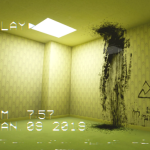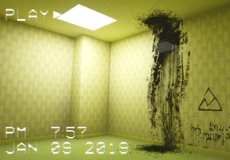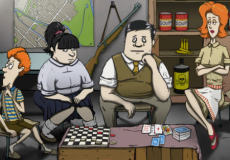
That’s not my Neighbor
Similiar games
That’s Not My Neighbor transforms the seemingly mundane role of a doorman into a critical battleground against a sinister threat in a 1955 apartment setting. As players step into the shoes of this pivotal character, they are not merely tasked with managing the comings and goings of tenants; instead, they find themselves on the frontline of a covert war against doppelgangers. These creatures are chilling impostors, mimicking human residents with uncanny accuracy, and it’s up to the player to thwart their attempts to infiltrate the building under the guise of ordinary neighbors.
Identifying the Impostor
The gameplay hinges on a combination of keen observation and tactical decision-making. Armed with tools like ID verification lists, a telephone for cross-referencing visitor claims, and a critical eye for spotting anomalies in behavior or appearance, players scrutinize each character that approaches the door. This mechanic not only serves as the core challenge but also significantly ramps up the psychological tension, as the consequences of failure are dire. Each interaction is a high-stakes puzzle; a wrong move could mean letting a dangerous entity slip through the cracks.
Atmospheric Tension and Narrative Depth
As the narrative unfolds, the ambiance of the game deepens, steeped in the paranoia and suspicion of the Cold War era. The art style, with its vintage 2D aesthetics, complements the suspenseful soundtrack and ambient sounds that heighten the feeling of impending doom. The game’s story progresses through the interactions at the door, with each decision impacting the overall safety of the apartment’s residents. This continuous pressure to perform under stress mirrors the era’s own societal anxieties, making every shift at the door a nerve-wracking experience.
In That’s Not My Neighbor, every element—from the design of the lobby to the background music—coalesces to create an immersive experience that blends historical elements with supernatural horror. The doorman’s role evolves from a simple job simulator to a critical defense against a hidden menace, pushing the boundaries of traditional game genres. This game not only challenges players’ problem-solving and attention to detail but also pulls them into a deeper contemplation of identity and trust in a world where appearances are deceivingly dangerous.
Discuss That’s not my Neighbor
























